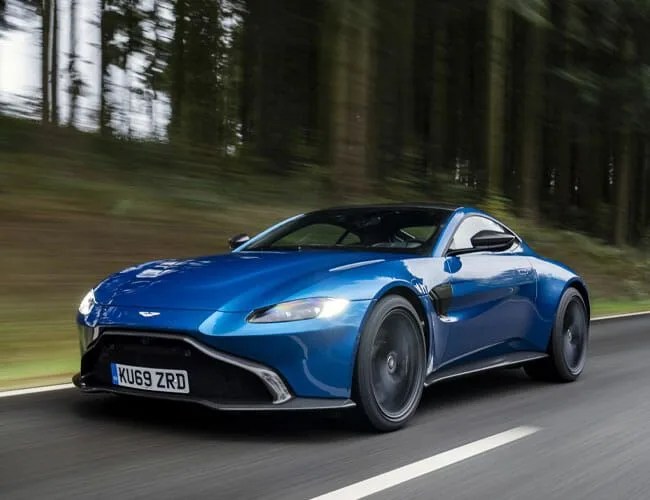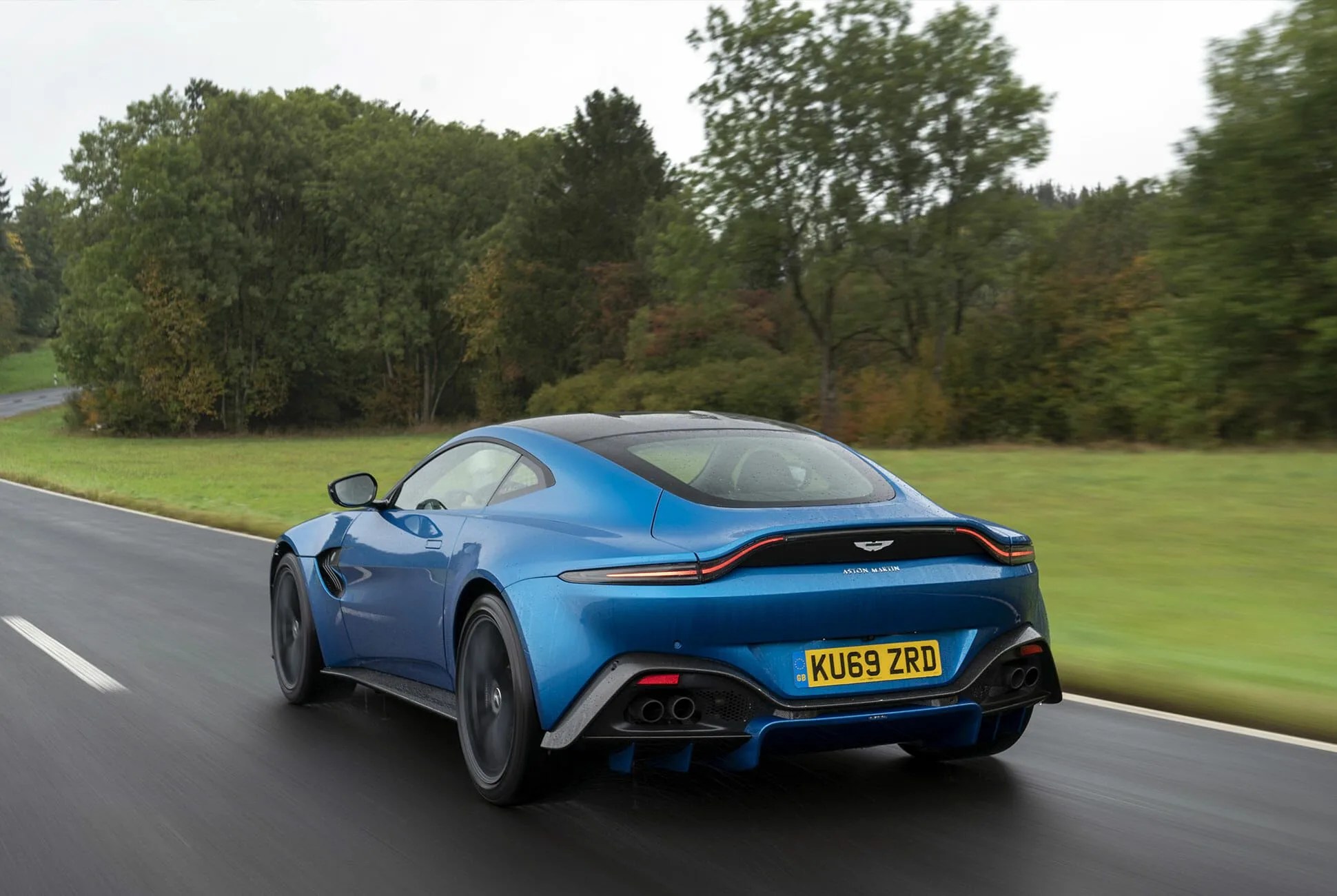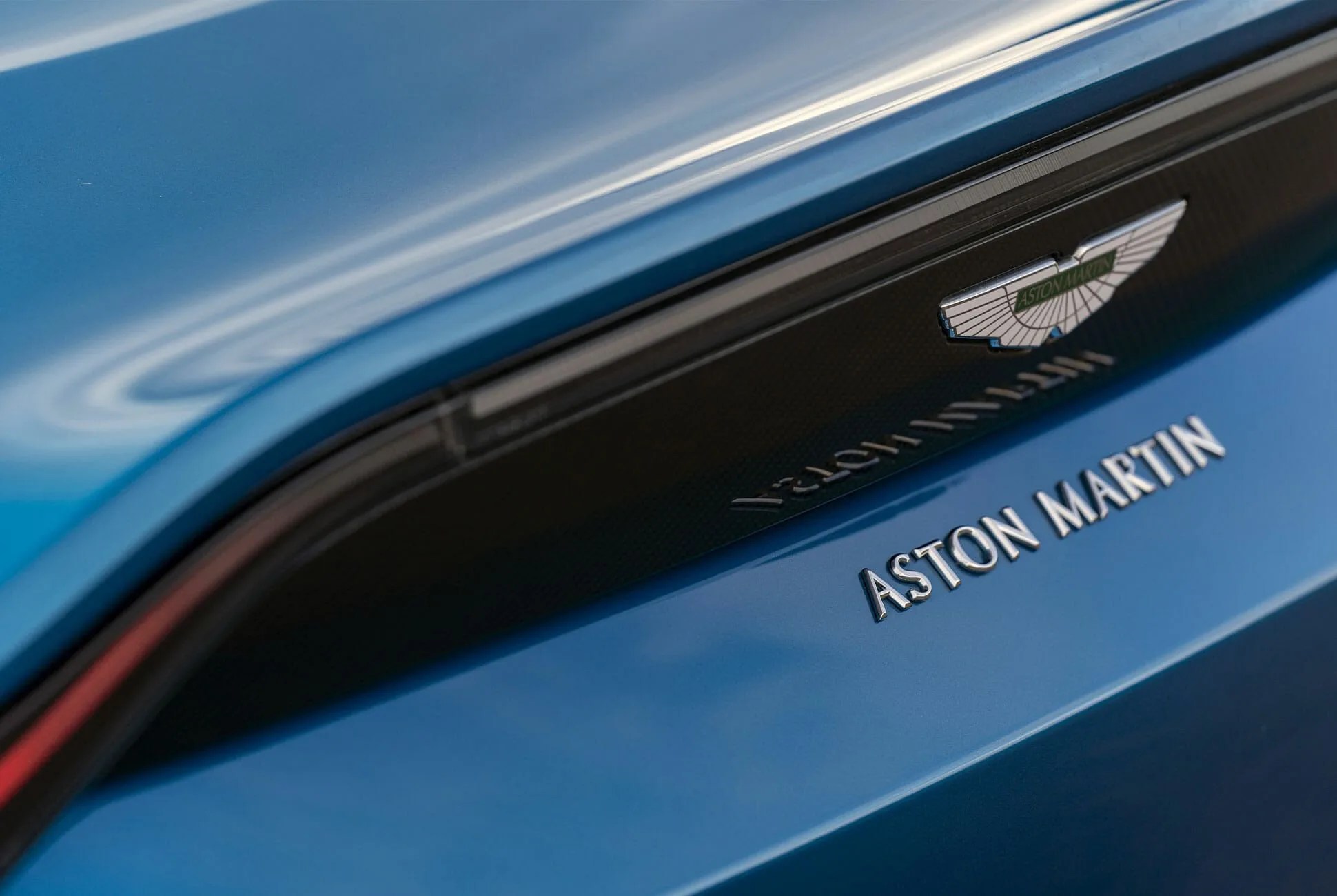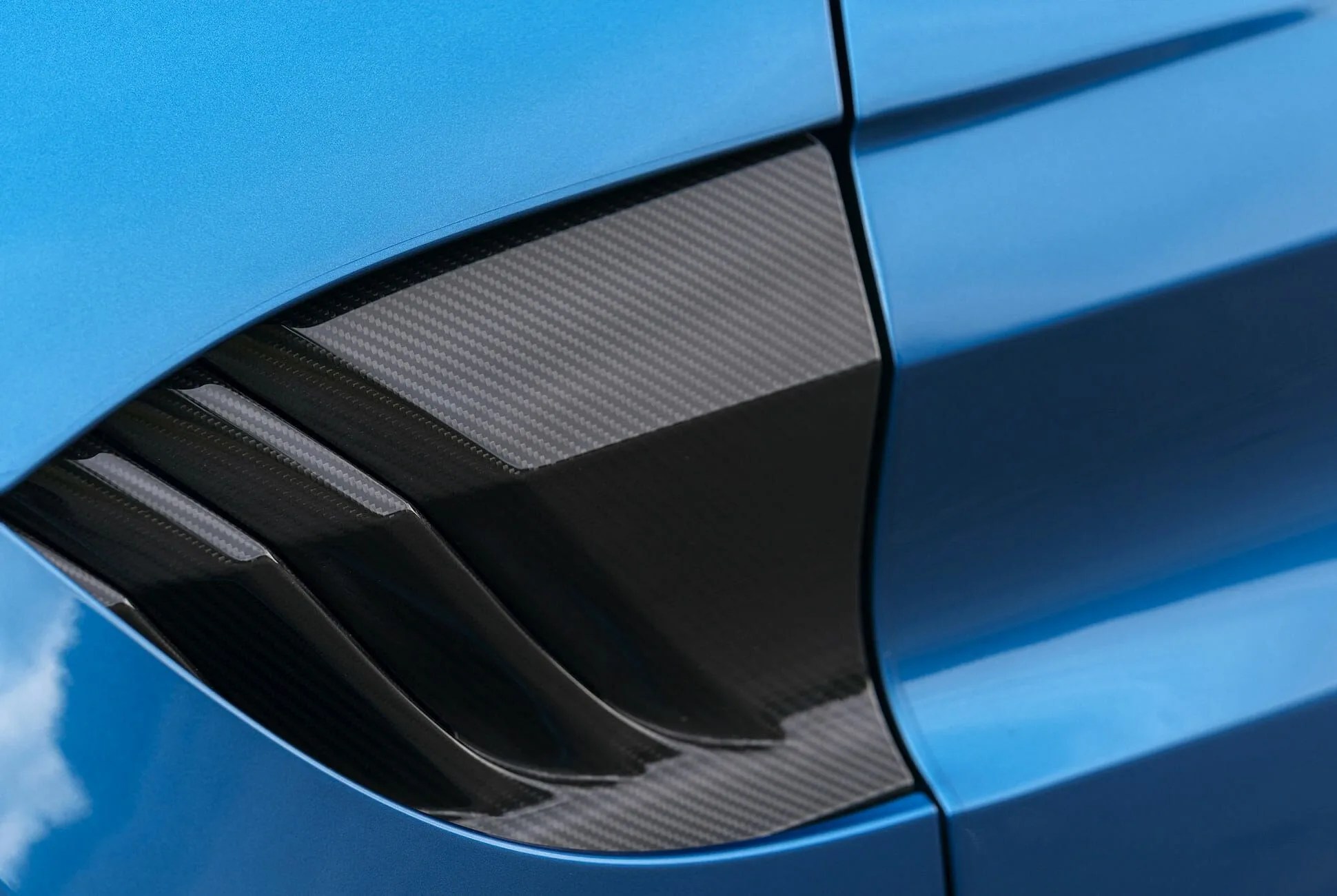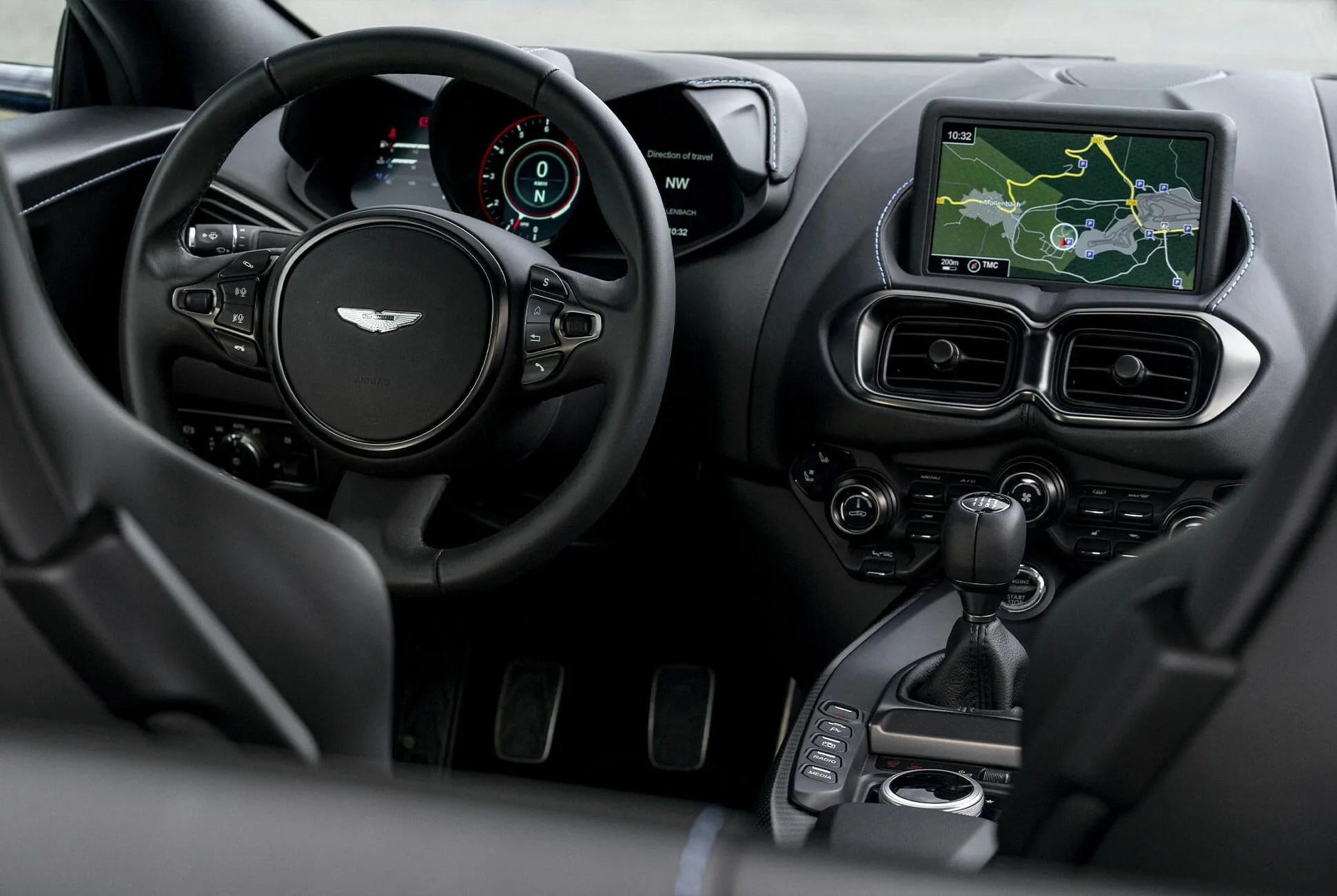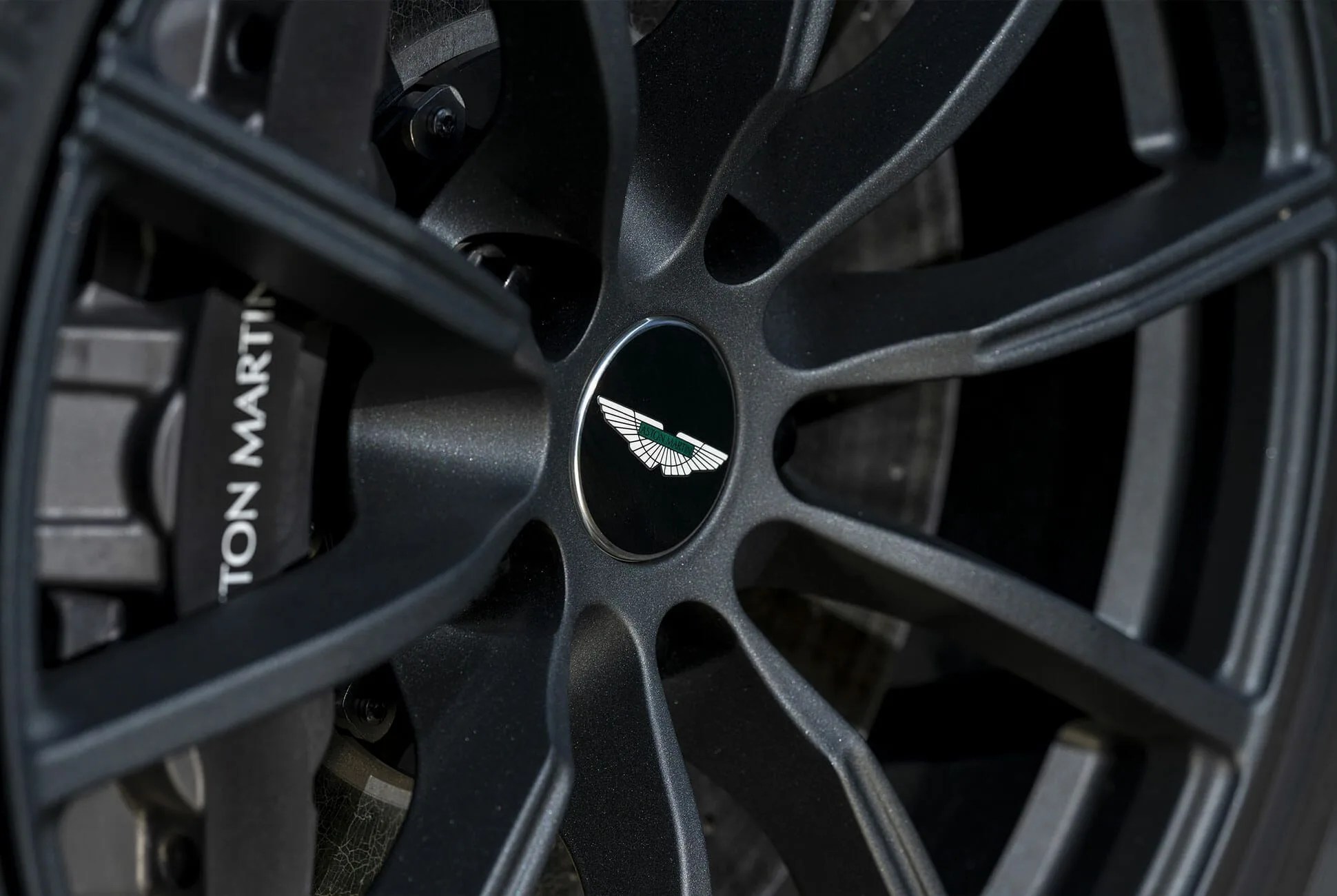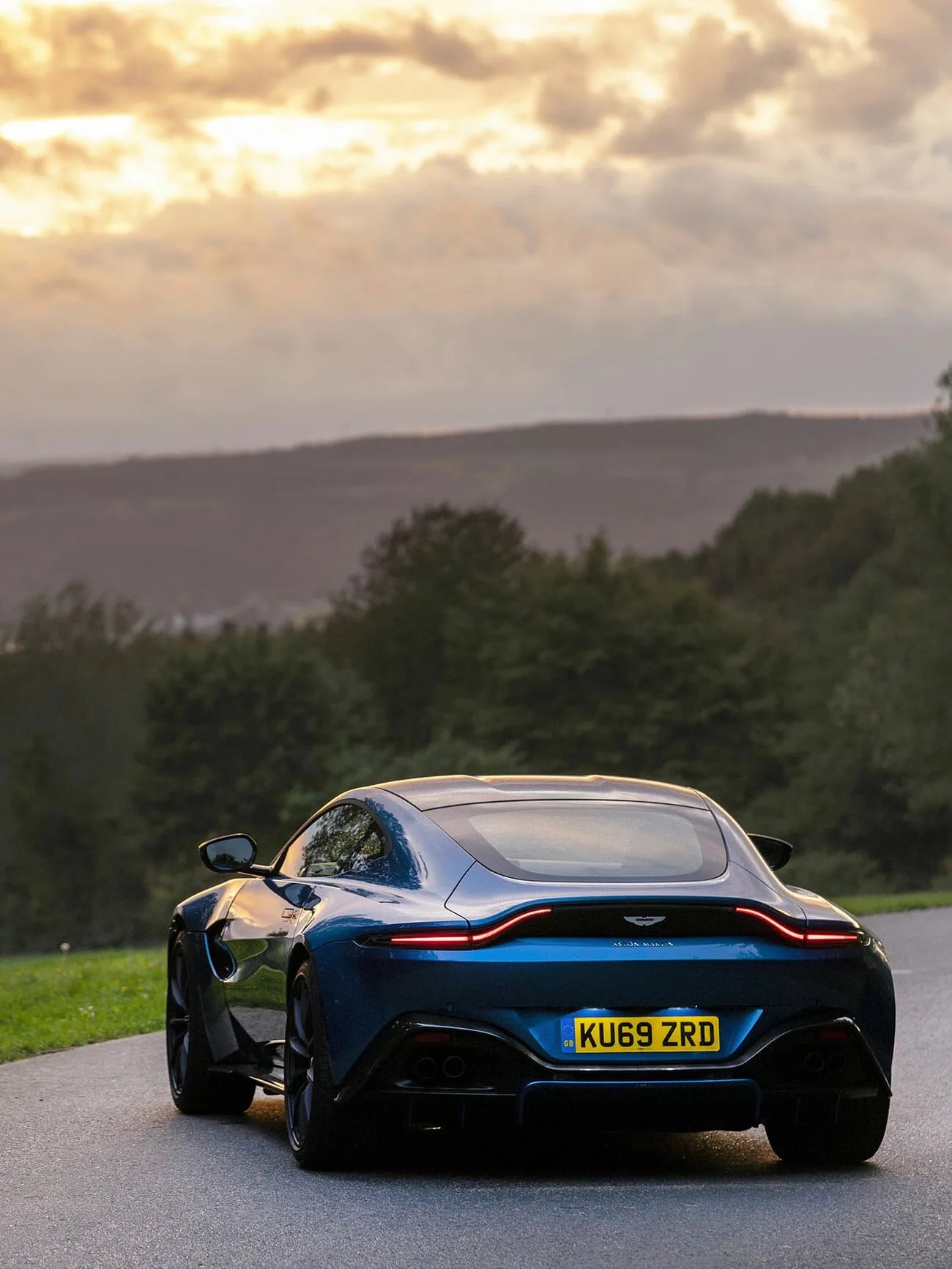6 photos
Aston Martin has delivered a gift for classically-minded driving enthusiasts: the new, manually-shifted Vantage AMR. Released at the sunset of a century’s worth of rowing gears and creeping clutches, the car is a thoughtful, precise swan song for the old-school supercar. It’s fast, fun and a little scary — and a rare bird among the dual clutches of today and the electric cars of tomorrow. For now, though, we have Aston’s triumph of old-school engineering modernized in the service of pure driver engagement to celebrate.
The Good: The gearbox, of course. This is a racing-derived seven-speed transmission that features a dog-leg first gear — that is, first gear is at the bottom left, reverse at the top left. (That’s designed to make it easier to shift between second and third, a far more common action on a race track than shifting from first to second.) It also deploys Aston’s AMSHIFT system, which blips the throttle while decelerating to mimic heel-and-toe shifting, smoothing out the gear shifts. Finally, there’s the aura and prestige that now comes with driving a manual transmission…which is just another way of saying you’re as much a dinosaur as this gearbox.
Who It’s For: Well, obviously, it’s for people who know how to drive a manual transmission. Within that fading group, it’s for those who actually want a manual transmission — and you do have to want it quite badly. This is, after all, a premium sports car that starts at $184,995, and isn’t precisely state of the art. If all that appeals to you, buckle up.
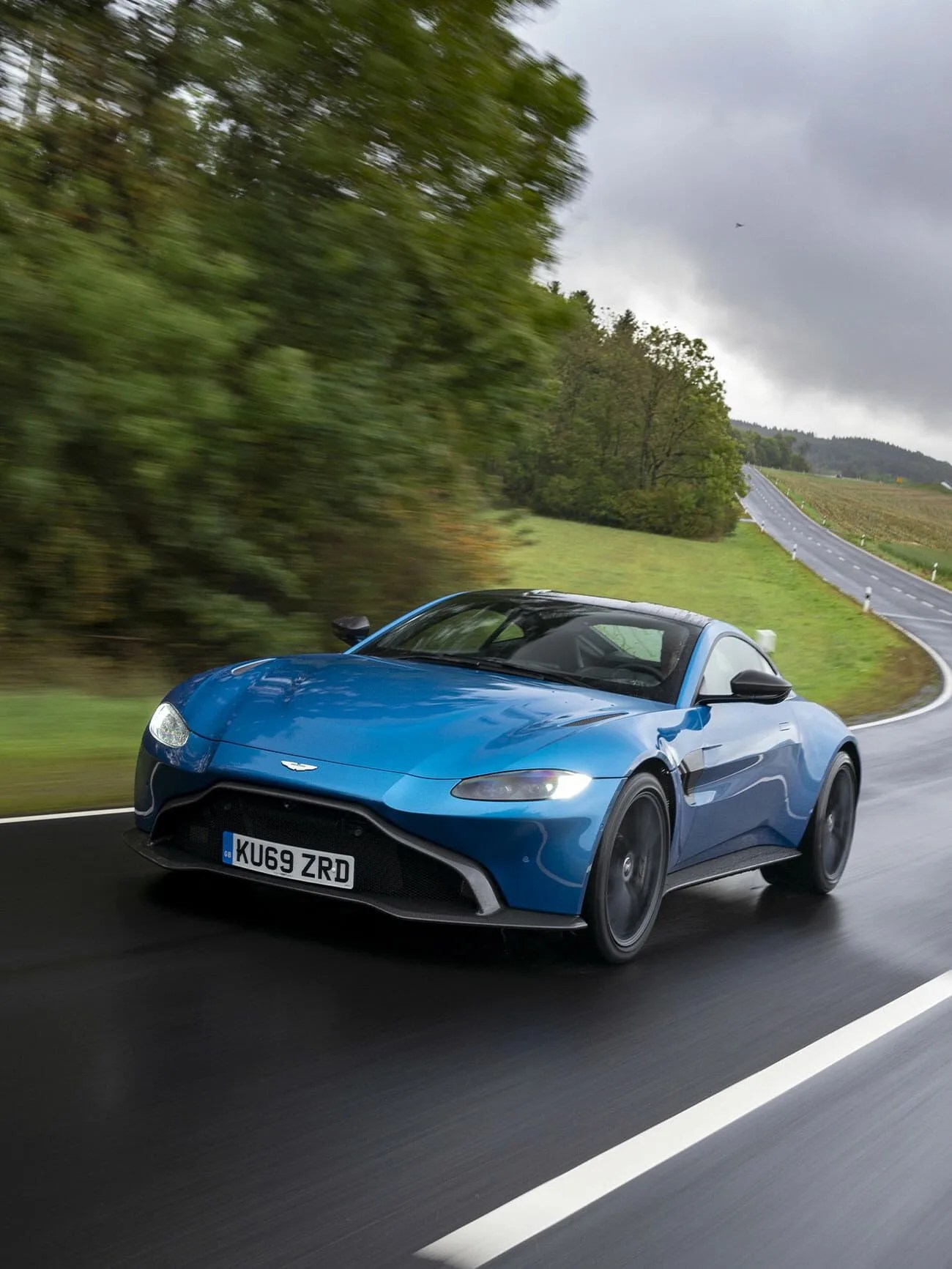
Watch Out For: You’ll likely get a brief, white-knuckle refresher course in clutch-induced wheelspin the first time you jump on the gas in low gear on a damp road. When that clutch comes all the way out and the full fury of 504 horsepower reaches the driveshaft, those wheels go. If you’re not careful, that little wriggle can propagate into full-on fishtailing. Make sure any driver who hasn’t commanded a performance clutch recently takes it easy at first. (Also, valet parking might be a problem, for obvious reasons.)
